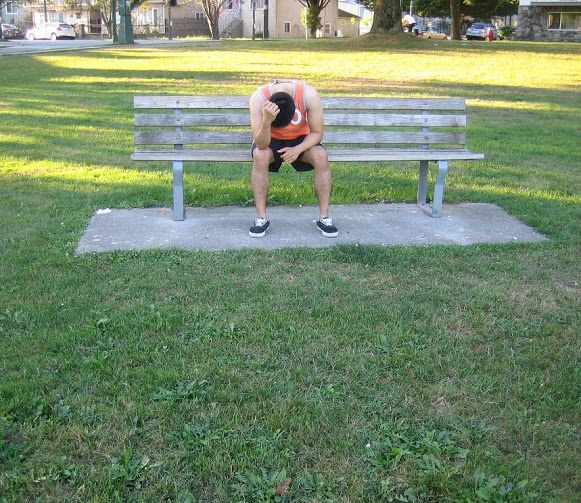Cervical herniated disc involves backward displacement of an intervertebral disc that often presses on the exiting nerves. The discs filled with fluid separate the spinal bones or vertebrae. The discs in the neck are called as cervical discs that serve as a cushion for the vertebrae and provide room for the nerves to leave the spinal cord.
The pressure placed on the nerves leads to the manifestation of the symptoms. Always bear in mind that the nature of these symptoms usually points to the location of the cervical herniated disc.
Close look on the symptoms of a cervical herniated disc
Headache and neck pain
The neck pain is a distinctive symptom of a cervical herniated disc. The forward bending of the head usually alleviates the pain. If the individual turns the head away from the side of the pain, it can also provide relief.
Tilting the head backwards often worsens the pain that can be sharp or dull. In addition, headaches can occur at the rear part of the head along with the neck pain.

Shoulder pain and weakness
Always bear in mind that there are 7 cervical vertebrae (C1-C7) which starts from the top part of the spine. A cervical herniated disc between C4 and C5 often triggers pain that radiates up to the shoulder blade.
The pain is due to the compression of the nerves that exit at the C4-C5 intervertebral space. The pain caused by the compression of the cervical nerve is called as cervical radiculopathy. Weakening of the deltoid muscle that covers the upper part of the shoulder can develop in some individuals with herniated in the C4-C5.
Weakness and pain in the biceps
The pain that radiates to the biceps muscle on the front aspect of the upper arm can indicate cervical herniated disc at C5-C6 which is a usual spot for injury. The biceps on the affected side can become weakened which manifests as diminished strength if the individual bends the elbow and lifts or pulls an object towards the body.
The tingling or numbness can be accompanied by these symptoms that eventually extend down the thumb-side of the arm.
Triceps pain and weakness
If the individual has a cervical herniated disc specifically at C6-C7, it can lead to radiating pain up to the triceps muscles at the back part of the upper arm. The triceps muscle is responsible for straightening the arm at the elbow level.
The tingling sensation or numbness that extends to the fingertips and the middle finger can occur along with the triceps pain. Always bear in mind that the C6-C7 is a usual site for a cervical herniated disc or also called as a ruptured, protruded or prolapsed disc.
Leg numbness, weakness and urinary disturbance
If the cervical herniated disc is large enough, it can compress on the spinal cord which is a condition known as cervical myelopathy. The symptoms often include leg numbness and weakness that can lead to walking difficulties. In some cases, urinary frequency, urgency and incontinence can also occur.

